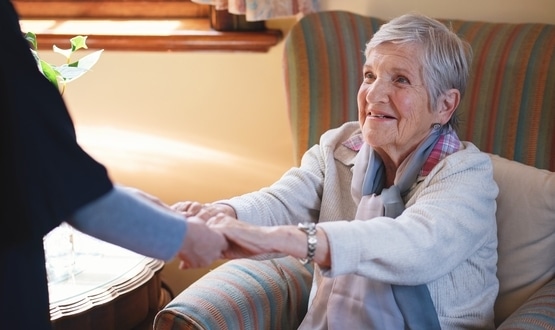New approach called for on Telemedicine
- 18 April 2008
Experts gathered in Luxembourg to debate the future of telemedicine yesterday were told that new financial and business models are needed to make telemedicine part of mainstream healthcare, rather than many “unsustainable” projects.
Mark Lange, head of the European Health Telematics Association (EHTEL) set out the challenge: “The question that we are addressing now is what can be done for telemedicine services to become sustainable – to move from pilots to real operational services –it’s started but it’s not enough yet.”
Further problems identified by the panel included the fact that the benefits of telemedicine are often diffuse, and outside the organisation that provides the service.
Eric Maurincomme, chairman of the eHealth Industry Stakeholders Group, told a panel session the current funding of pilots wasn’t leading to workable service models. “Very often after the pilot phase of a project, with funding of several million euros, a project is not sustainable or justified.”
He argued the key to telemedicine becoming viable was for a shift to funding and reimbursement based on health outcomes. “We need to move to outcome-based reimbursements, with the public authorities and payor organisations moving away from ‘care in silos’ and their traditional financial formulae.”
Maurincomme said it was no accident that one of the few healthcare providers internationally to be offering telemedicine services at scale was Kaiser Permemnte in the US, which is both a payor and provider.
According to Petra Wilson of Continua Health Alliance, one issue remaining is the wariness of many health professionals. “Health professional still tend to lack trust and confidence in IT.”
She added that one of the difficulties in convincing health authorities to invest in services like telemedicine was the relatively poor evidence base of benefits, “care providers lack clinical evidence that health IT provides benefits”.
Providing an overview of the current prospects of telemedicine Lange said: “Looking at landscape of health we see today already that there is a need for HC systems to evolve, that has started, healthcare systems need to move from acute care to chronic care to move their resources.” Lange said what was needed was “an evolution from an expert centric-system to a user-centric system”.
He said the move to telemedicine would occur as part of a wider move of healthcare services “from disease management to integrated care management, following clinical care pathways”, and the pressing need for a far greater emphasis on chronic disease management. “These are the evolutions that are driving the use of the technology,” said Lange.
Setting out a brief history of telemedicine he said that until the 90s “use of telemedicine was mainly in niche environments, and not maritime, space, disaster recovery, aviation”, and not integrated into the regular healthcare delivery process.”
As the 90s progressed the technology required matured and became more affordable but has remained “a nice to have add on, but implementation was limited, with no large scale deployment,” said Lange. “Which is why we see today a lot of experiments but no large scale deployments”
One of the big factors that has changed over the last few years, he said, was the emphasis in many European countries on the deployment of e-health infrastructure, laying the foundation for telemedicine. “This provides the ground for the emergence of a new generation of telemedicine services that start to come into existence.”
The EHTEL boss concluded: “Telemedicine e-health needs to be integrated into the HC delivery process – we see that happening within 10 years time”




